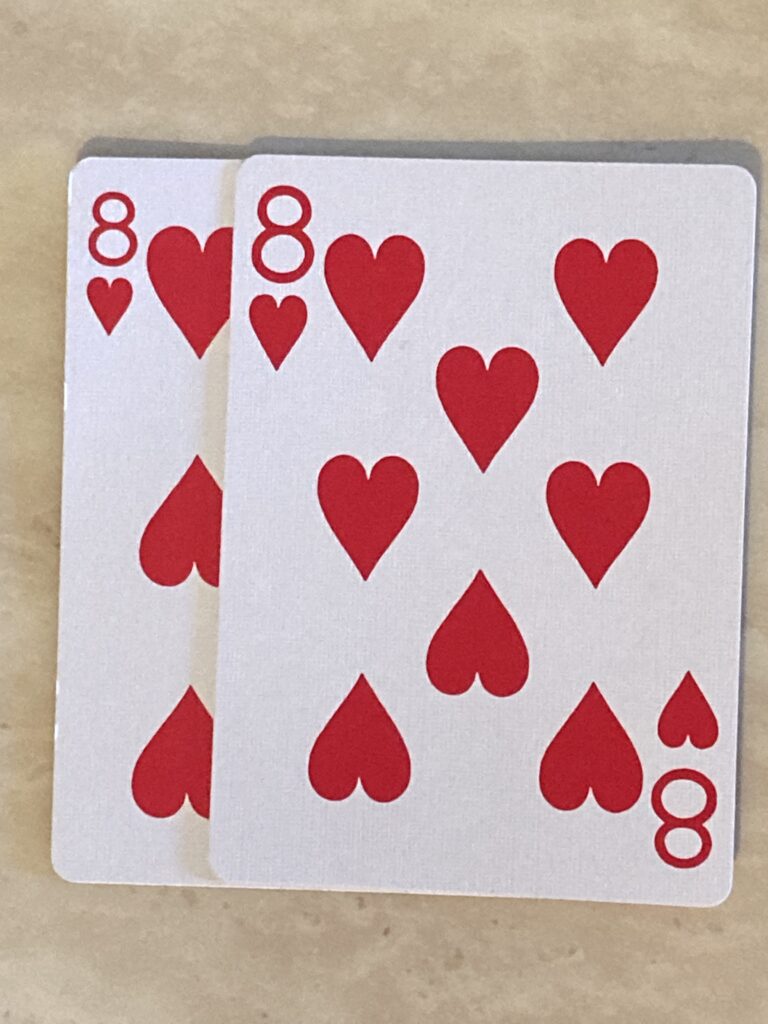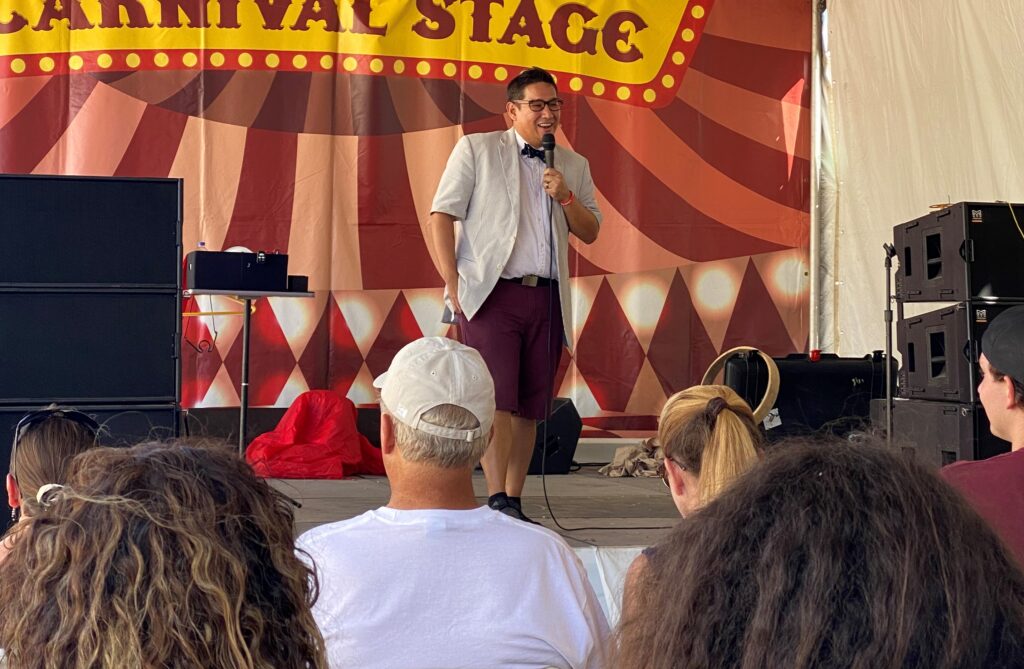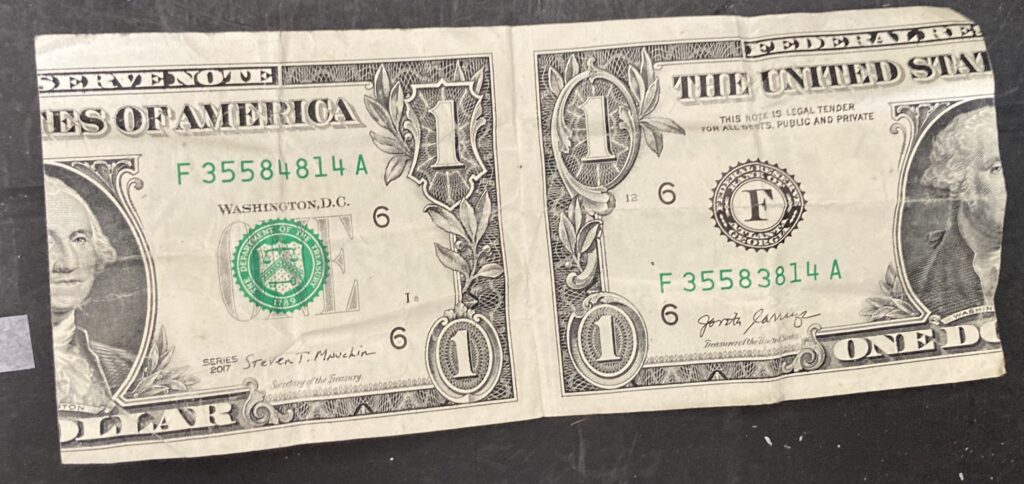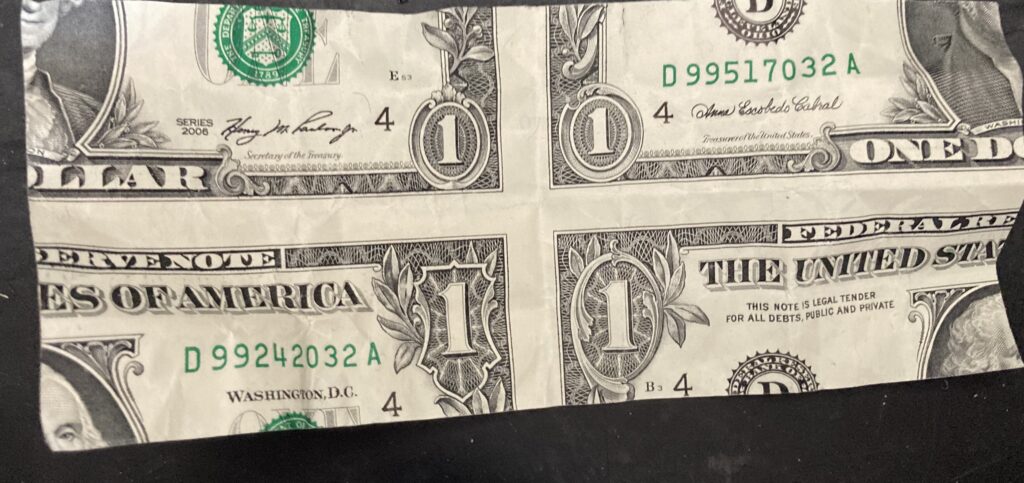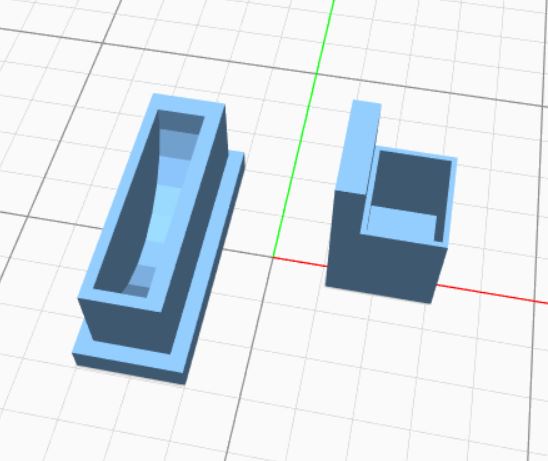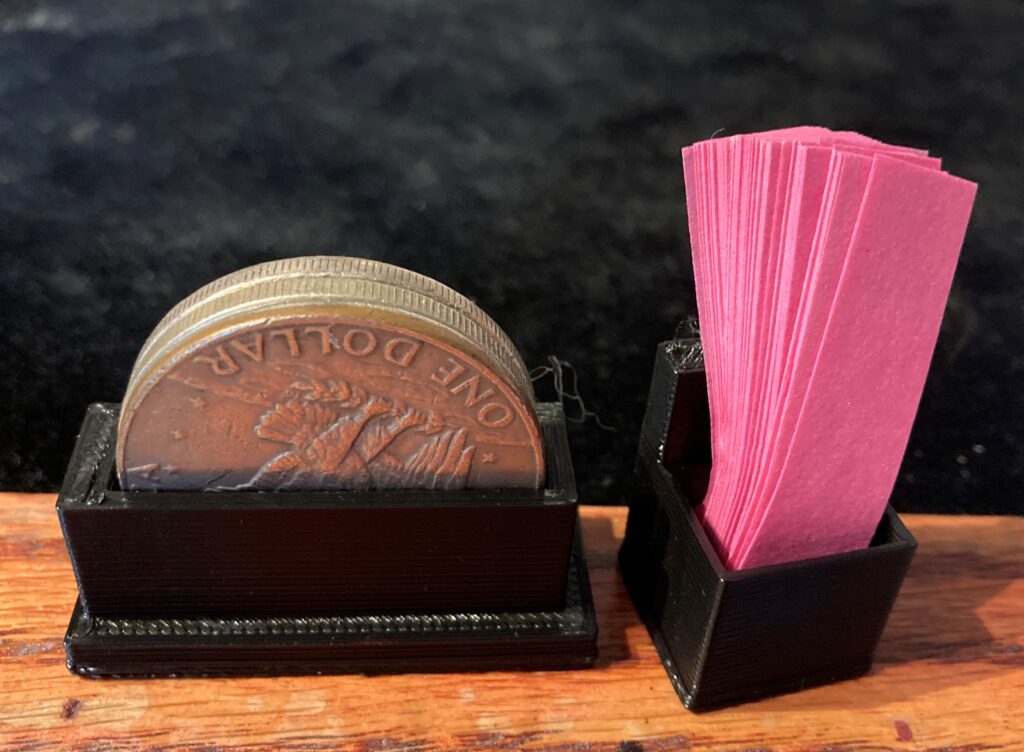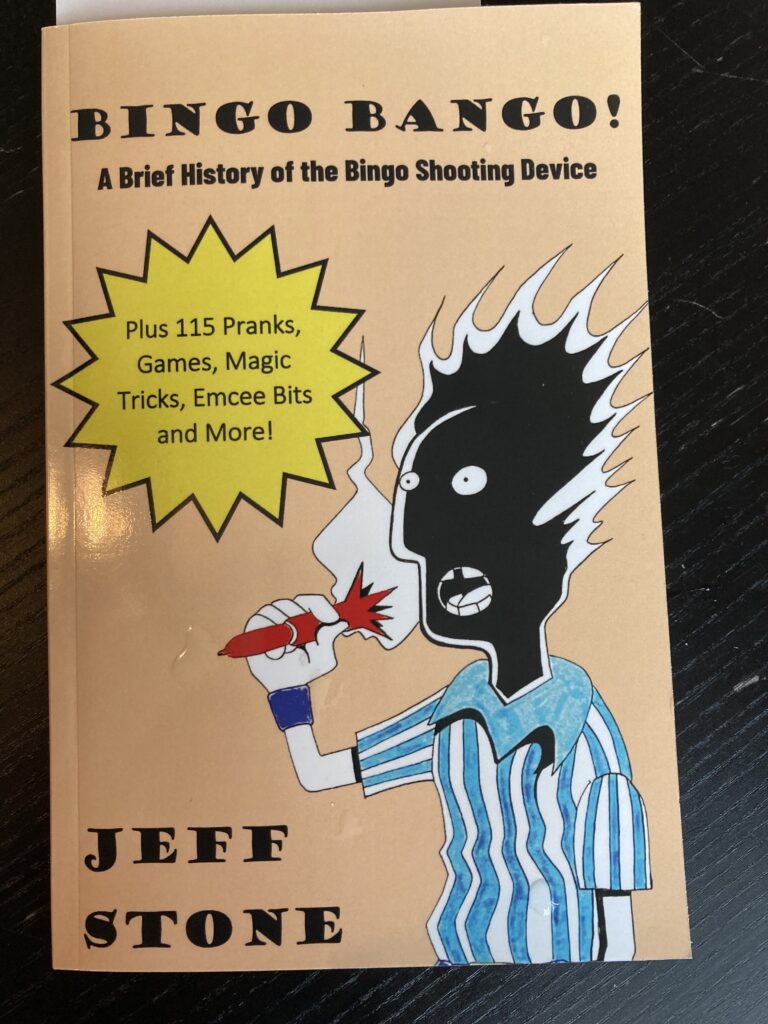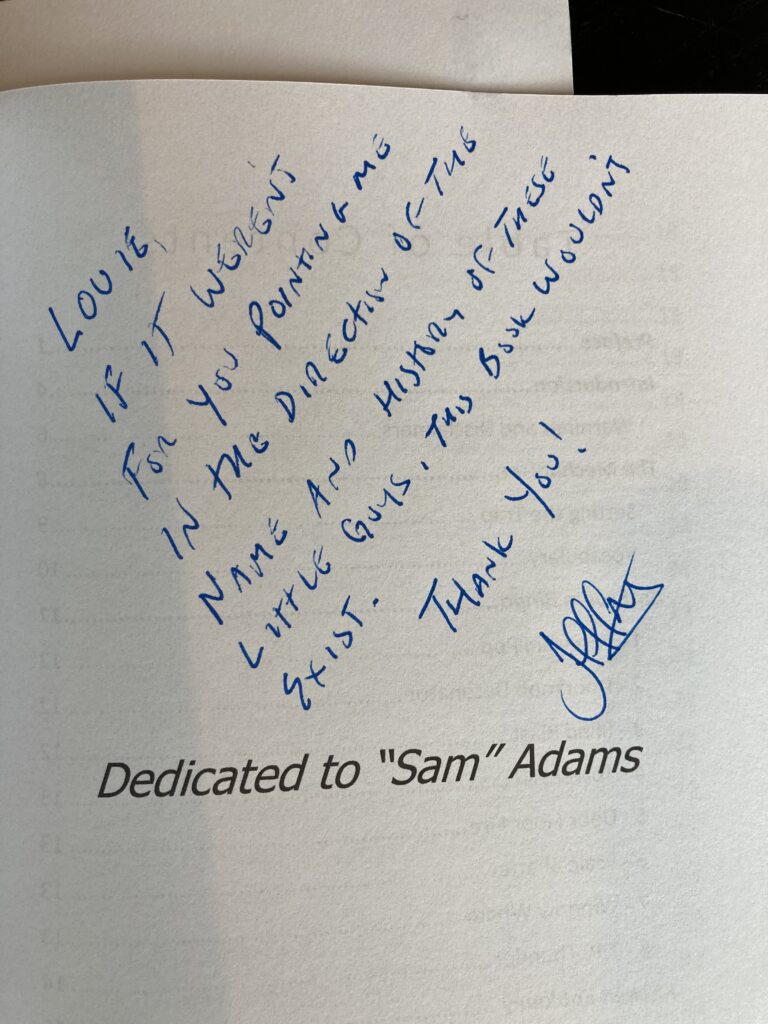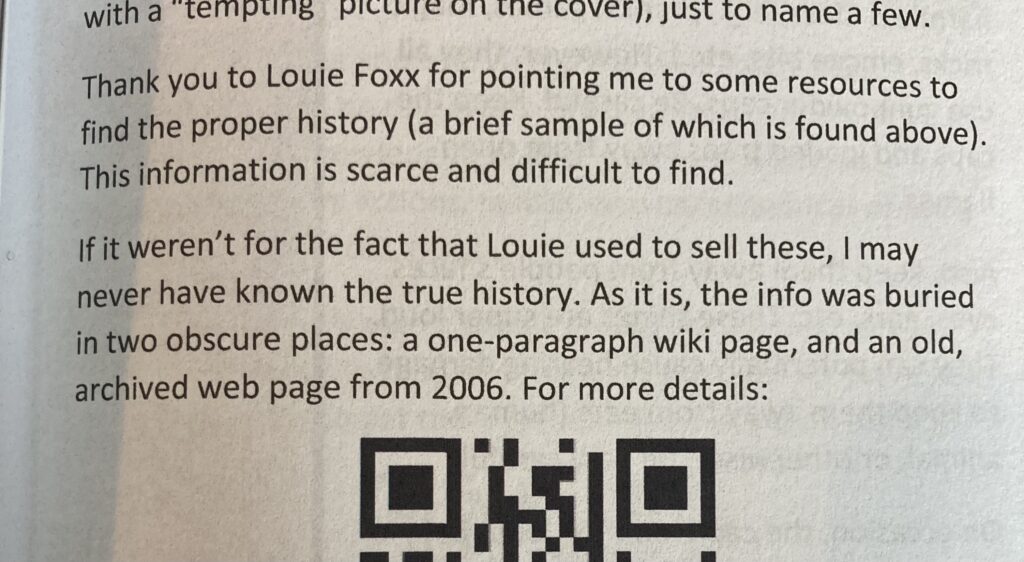I’m still working through using a handheld microphone in the show. There’s definitely a learning curve. I’m getting better at it, but it’s an uphill slog. I have a lot of points where I’m holding the mic in my hand, then put it in the stand for a moment, only to quickly remove it.
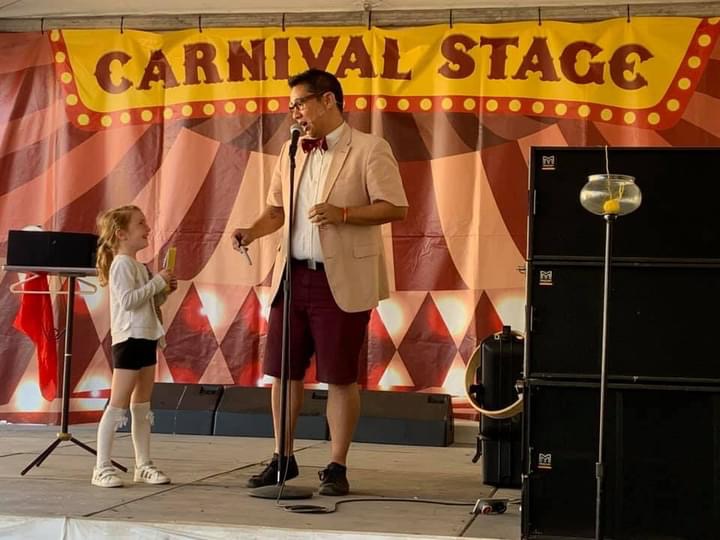
I really like how when I’m holding the mic in my hand, I’m a lot more expressive with my hands than when I’m wearing just a headset. I think holding the mic makes me more aware of what my hands are doing. It also puts a hand up near my face, so I can play more with motion that’s motivated.
As I get deeper into my show, I’m realizing that there’s going to be a lot of spaces where I’ll need to use the mic neck holder. That’s fine, I’ll need a joke to address it. Today I have to figure out how to do the reveal of the object in ball of yarn that’s the end of the longest routine in the show. I had to chunk this routine out into three bits to figure out the blocking, and today will be the third bit to figure out.
-Louie

